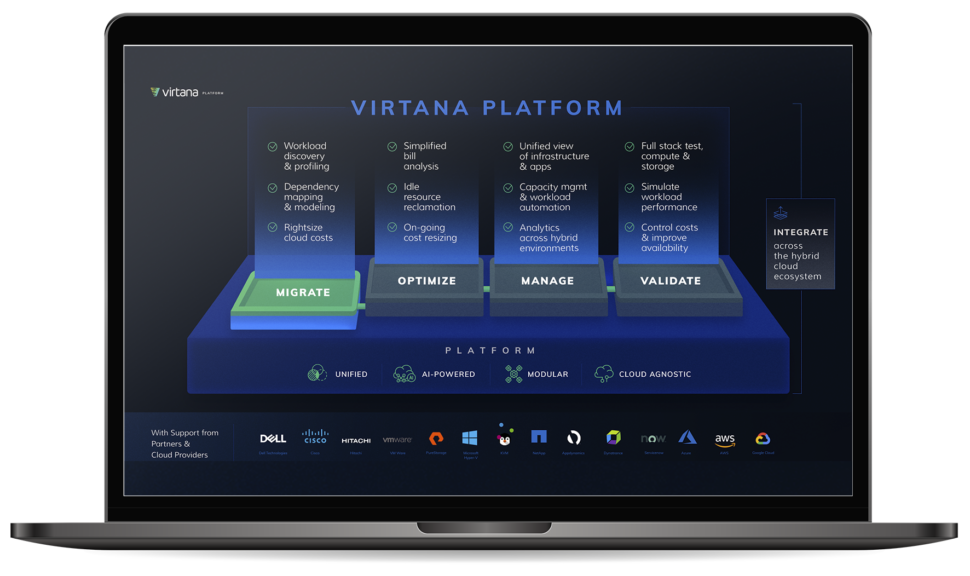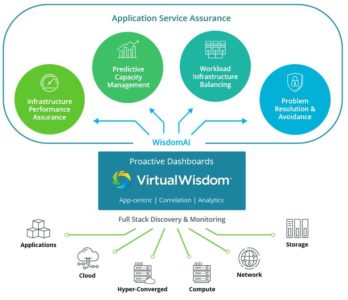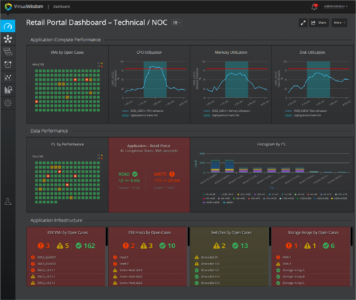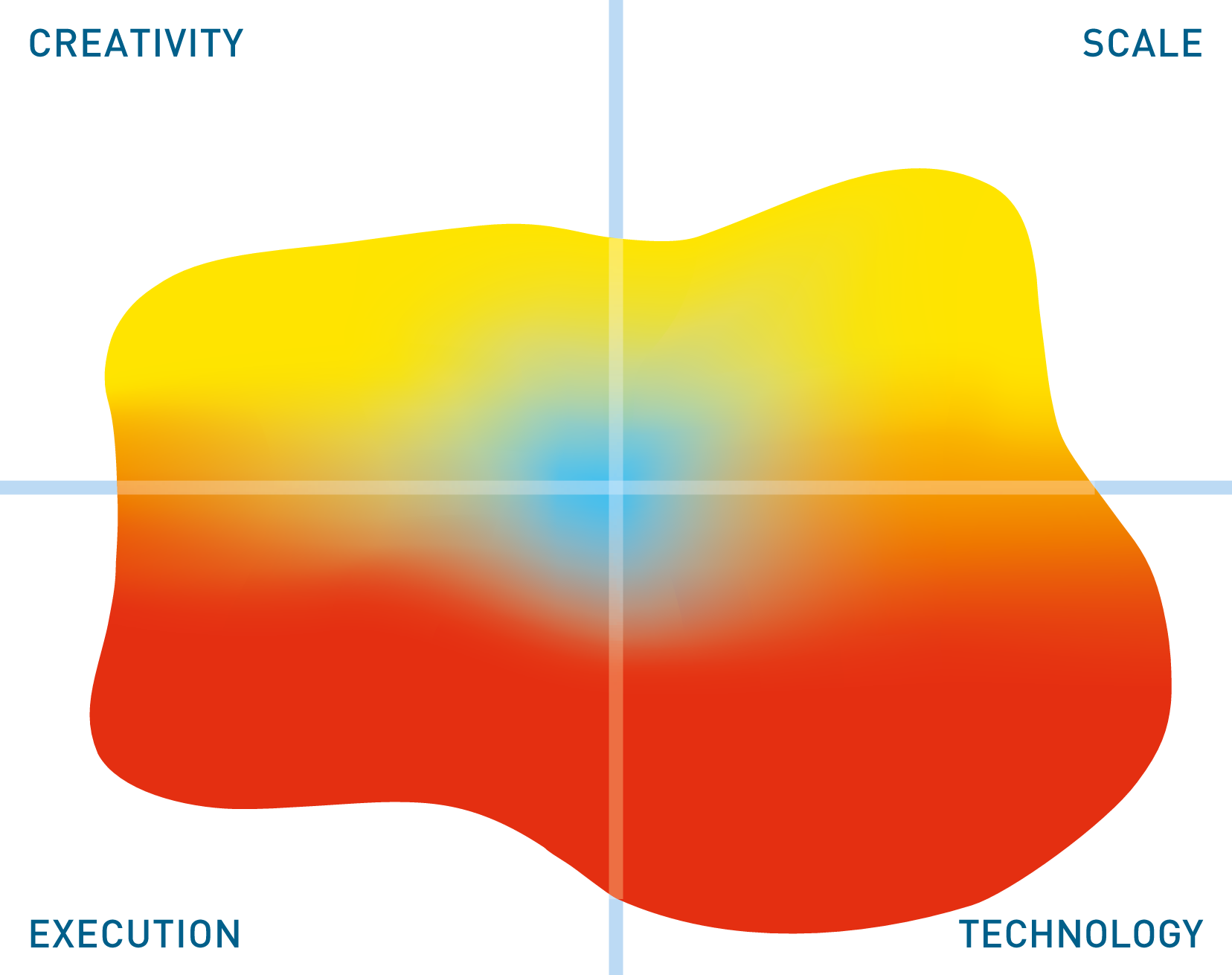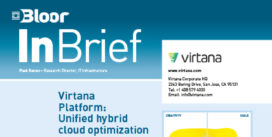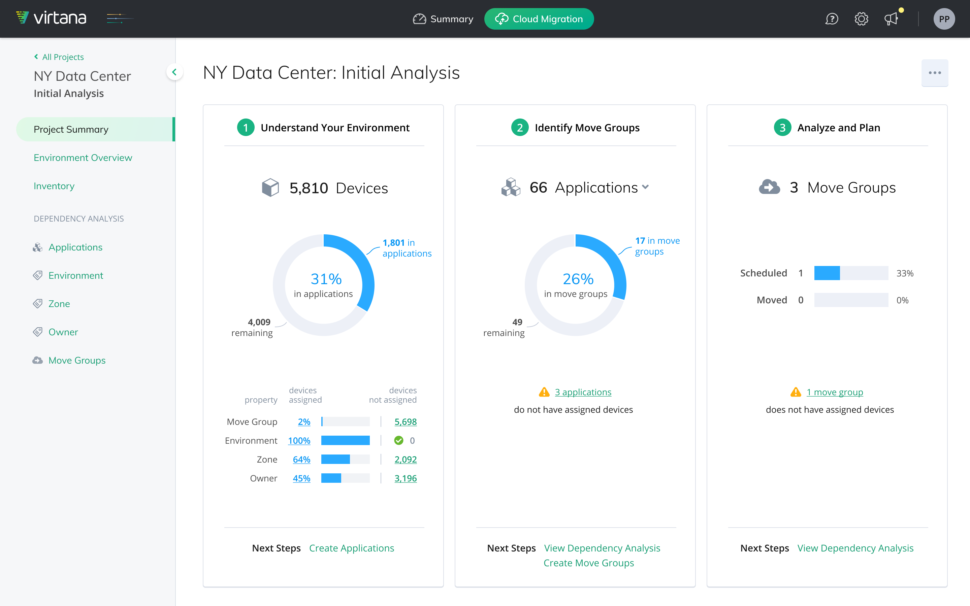
Fig2 - Comprehensive Analytics Dashboard
Virtana is a SaaS based platform that combines high-fidelity baseline information provided by discovery, mapping, dependency analysis and profiling with analytics, to measure historical workload patterns and calculate the exact resource requirements in the various dimensions of CPU, memory, I/O, network and disk usage in public clouds. It then automatically formulates specific recommendations for each instance. This tool also allows users to apply additional customized constraints to control the outcome of the recommendations.
Virtana also leverages self-learning anomaly detection and pre-configured alerting policies to identify capacity bottlenecks, notifying administrators in real-time to avoid the risk of end-user impact. Unexpected capacity bottlenecks may happen because of a sudden change in application work, a fail-over, or an intended or unintended change in infrastructure configuration.
Virtana includes a capability to detect sudden increases in daily spend to avoid an end-of-month surprise. It automates the process of comparing cloud spending over time by correlating real-time data collected via APIs with detailed billing logs. The cost data can be grouped by meta-data such as attributes and tags, including related charges like data transfer and storage usage – all at an instance-level. Finally, it can account for the amortization of upfront spending commitments made to cloud providers that must be allocated to an individual instance based on usage. The result is a comprehensive yet simple report that can be set up once and regularly emailed to all stakeholders. This capability works on AWS, Microsoft Azure, and Google Cloud Platform.
More than 50 integrations (integrations in this context are systems that Virtana collects data from) are available, out of the box, for many of the leading cloud data, development, integration, and management tools. These integrations are offered with collectors, agents, and automation software. Additionally, a RESTful API allows you to read and write data programmatically. This means that you can perform a wide variety of tasks, including adding new integrations.
The first new module in 2021, will build on the existing Cloud Migration Readiness service. This uses detailed production workload information in private cloud and legacy on-premises applications from the WorkloadWisdom solution to analyze production workloads, create workload models, and then administer the generation of realistic simulated cloud workloads against any file, block, or object storage target via Workload Generators. It has a web-based GUI that is built for all user levels to provide an advanced networked storage performance validation solution that incorporates a sophisticated workload modelling methodology. New integrations with VirtualWisdom enable the capture and use of further high-fidelity information to help automate the process of discovery and profiling. While elements of consulting services are still required in this first release, there is a clear roadmap to providing a fully automated “know before you go” solution for customers wanting assurance about planned cloud migrations.
Further releases in the short to medium term are planned to provide a powerful Cloud Brokerage capability, and manage end-to-end visibility and management into a unified platform through a single pane of glass. We will revisit these areas when detailed functional capabilities are announced.


